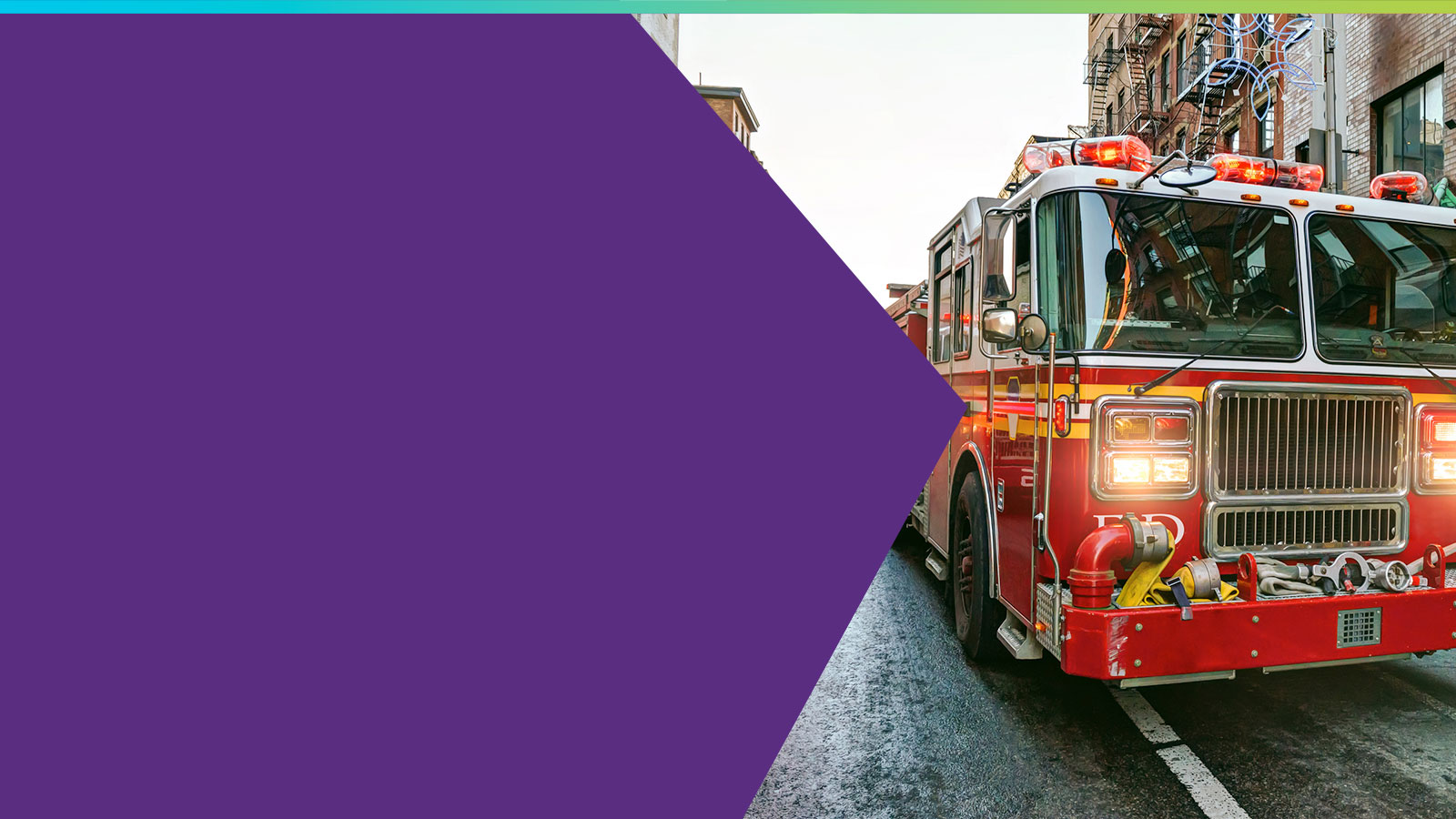E911 Compliance for UCaaS Environments
The Great E911 Migration The great migration from on-premises phone systems to cloud-based Unified-Communications-as-a-Service (UCaaS) increased in...
2 min read
By Intrado
Aug 31, 2019
Intrado applauds the Federal Communications Commission (FCC) for adopting rules to implement Kari’s Law and Section 506 of RAY BAUM’S Act during its Open Meeting on August 1, 2019. This historical milestone for 911 will help Americans reach emergency services, and allow first responders to find 911 callers, more quickly.
Enterprises and service providers have been anxiously awaiting the FCC’s ruling regarding Section 506 of RAY BAUM’S Act which was enacted in 2018. The Act tasked the FCC with considering rules to ensure that a dispatchable location be conveyed with a 911 call, regardless of the technological platform used. With the FCC’s adoption of these rules, enterprises are now required to provide dispatchable location information, which is a location delivered to the Public Safety Answering Point (PSAP) with a 911 call that consists of the validated street address, plus additional information such as suite, apartment or similar information necessary to adequately identify the location of the calling party.
These rules are applicable to calls made from fixed telephones and non-fixed devices associated with Multi-Line Telephone Systems (MLTS), both on-premises and off-premises.* And when we think “technological platforms”, various communication technologies come to mind, such as Unified Communications (UC) platforms and phones connected to cloud environments.
In other words, if your enterprise has a communication device that can dial 911, you need to assess your 911 location capabilities and determine if you can deliver dispatchable location information with 911 calls made on-site and off-premises. Furthermore, your organization should consider closing any gaps with tracking the precise location of a 911 call, routing 911 calls to the appropriate PSAP, and triggering on-site emergency notifications for situational awareness. An end-to-end E911 solution will help your enterprise be E911 compliant, and offer a safe environment for everyone in your enterprise.
Enterprises who are migrating to the cloud or investing in new technology need to plan their E911 strategy carefully, and keep these new 911 dispatchable location requirements top of mind. Enterprises with fixed MTLS phones are to comply with the new dispatchable location requirement by January 6, 2021†, while businesses with non-fixed MLTS devices on- and off-premises are to fulfill their regulatory obligations no later than January 6, 2022†.
For more details about the rules, please read the FCC’s Report and Order.
Contact us today to find out how you can provide dispatchable 911 location information for every user in your enterprise.
*Applicable to MLTS that is manufactured, imported, offered for first sale or lease, first sold or leased, or installed after February 16, 2020.
†These requirements are applicable to multi-line telephone systems manufactured, imported, offered for first sale or lease, first sold or leased after February 16, 2020. Compliance with the dispatchable location requirements will not be required until after approval by the Office of Management and Budget and subsequent publication by the Commission in the Federal Register with the compliance date.
Call (877) 862-2835 or fill out the form below and a representative will be in touch with you shortly.

The Great E911 Migration The great migration from on-premises phone systems to cloud-based Unified-Communications-as-a-Service (UCaaS) increased in...

The Federal Communications Commission (FCC) regulations require organizations with multi-line telephone systems (MLTS) to have direct access to dial...

Last updated: March 13, 2023 Migrating to Microsoft Teams? Consider Dynamic E911. If your enterprise is migrating to Microsoft Teams, you can start...

In recent years, the number of companies that have embraced fully remote or hybrid work models has grown significantly. Data from Gallup found that...